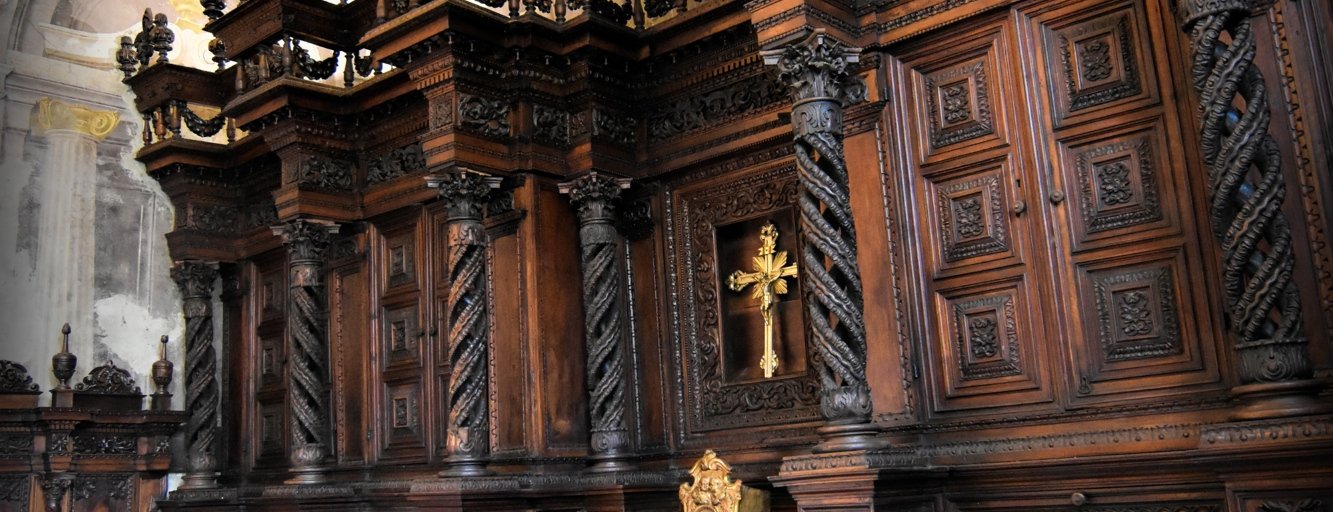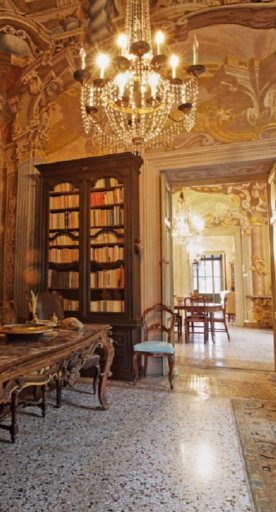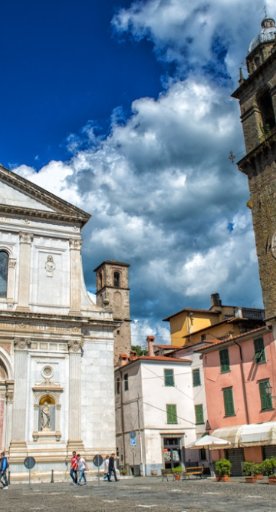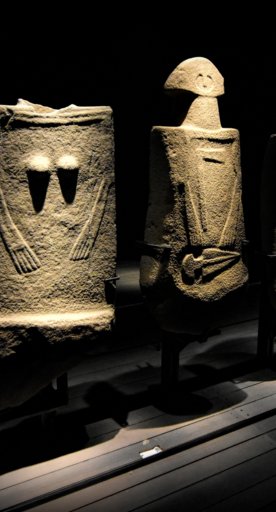
Diocesan Museum of Pontremoli
A museum that contains, narrates and enhances the history of the diocese of the "noble city"
In Pontremoli, in one of the village’s most important and symbolic squares, you will find the Diocesan Museum, underneath the Bishop's Palace. The Museum was inaugurated on January 31, 2009 by will of Bishop Eugenio Binini to give a second life to the religious and artistic heritage present in Lunigiana and coming from the various churches located in the territory.
Thanks to its strategic position, Pontremoli became increasingly wealthy during the 18th century, so much so that in 1778 it was named a noble city by the Grand Duke of Tuscany. From this moment on, it was separated from the diocese of Luni and Sarzana and became an autonomous diocese. For this reason, the palace that was the seat of the municipal council at the time became the Bishop's Palace. In front of it, stands the Cathedral of Pontremoli, which in those years became the Cathedral of the diocese, where one of the symbols of the town stands out above the altar: the Madonna del Popolo, celebrated by the people of Pontremoli on 2 July, the day on which, in 1622, an offering was made to the her, asking her to save the population from the plague.
The Museum’s treasures
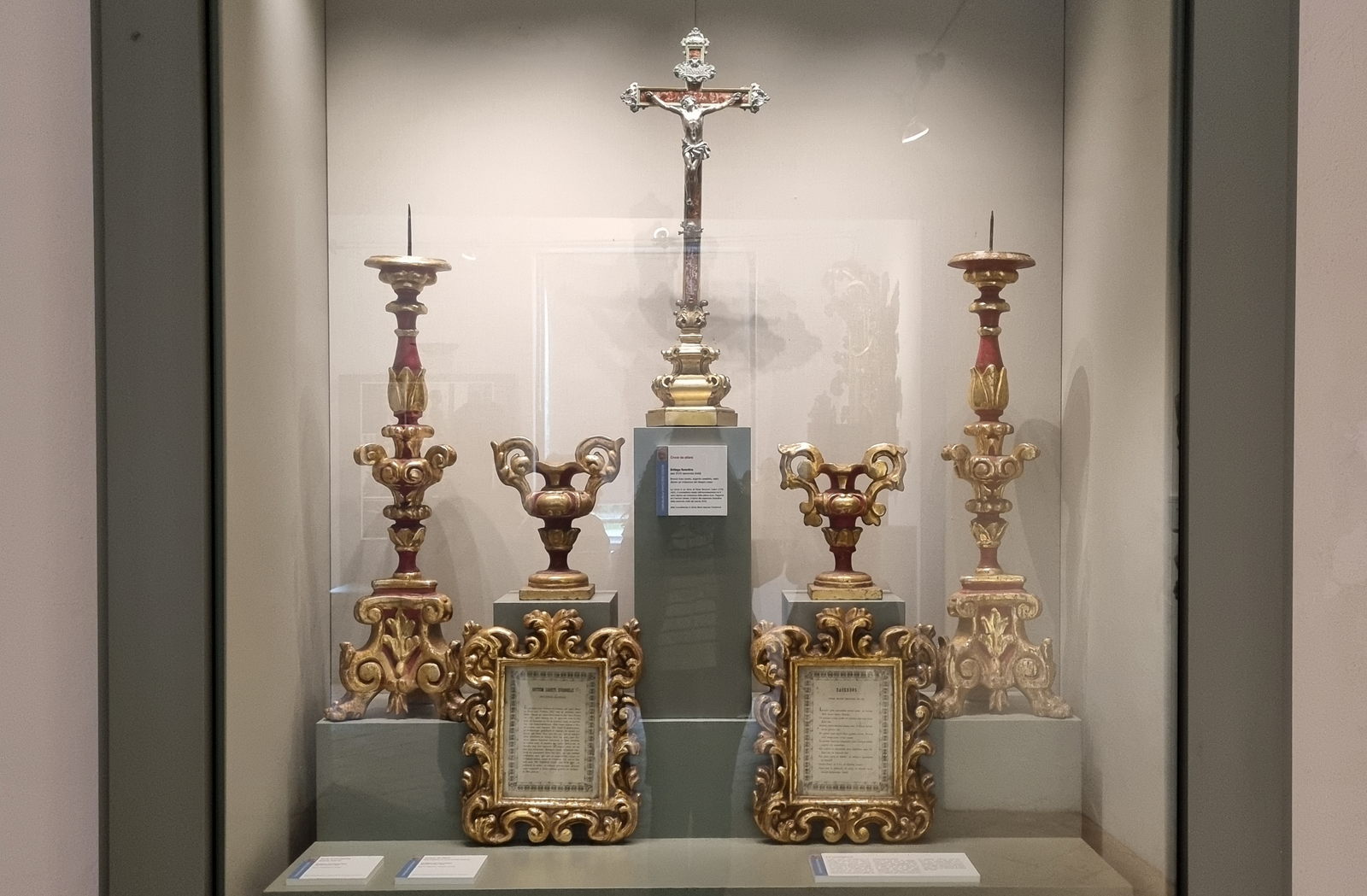
In the first part of the museum, dedicated to the Middle Ages, various panels tell the story of the Christianization of Lunigiana, thanks also to the cast of the tombstone of Leodegar, he who “destroyed various pagan idols”, the cast of a Stele Statue and a model that highlights the spread of the various parish churches, churches and chapels dotted along the Via Francigena.
The second part of the museum is dedicated to the various objects used by the diocese for about two centuries, such as crosses, altar cards, vestments and the very unusual Dressed Madonnas. In the center of the museum, you can see one of the symbols of Pontremoli, the cast of the labyrinth, which represents the pilgrims' journey and the hope of redemption, while the original is found in the church of San Pietro, at the end of the village.
The "Dressed Madonnas"
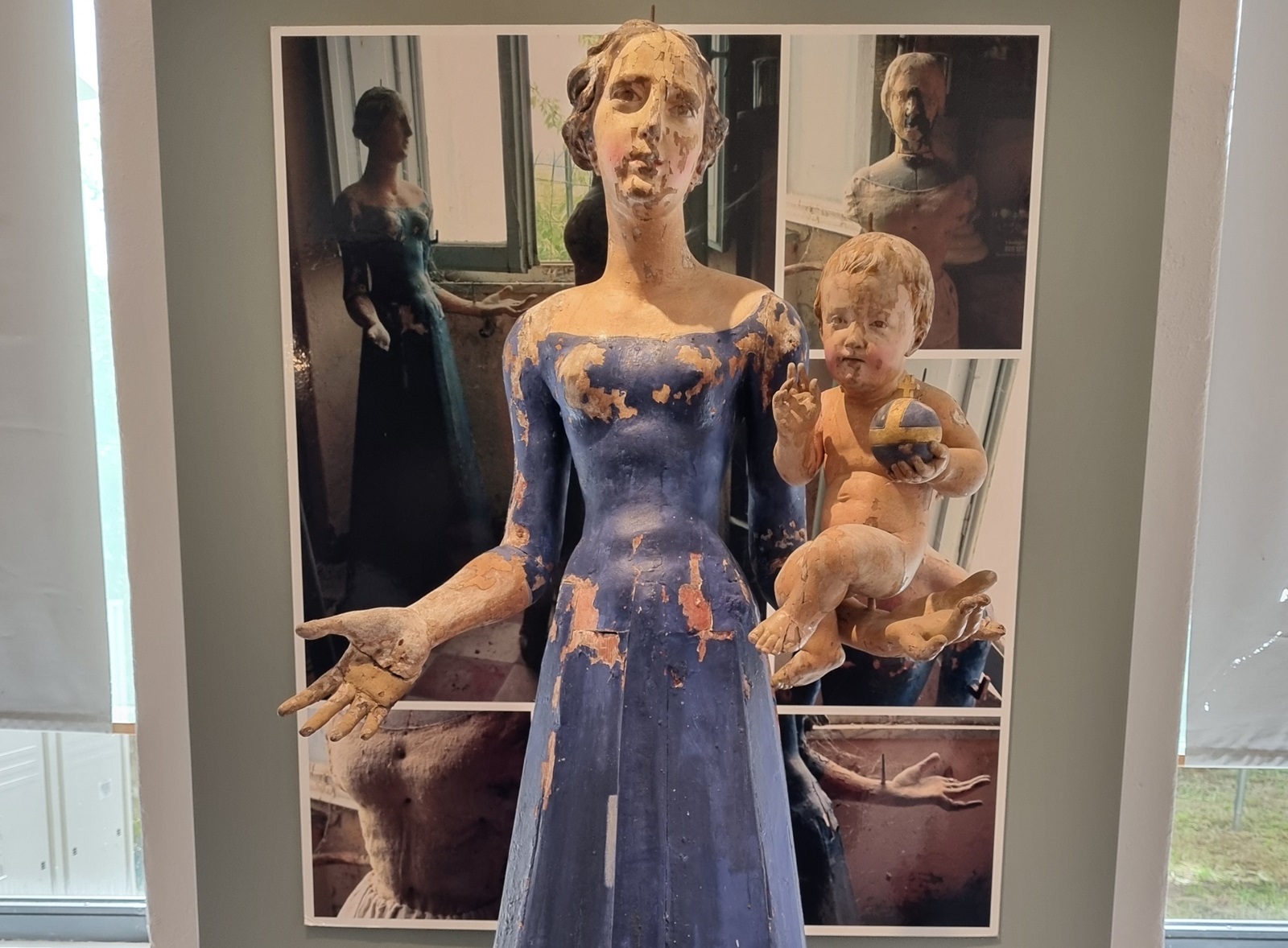
Among the most unusual objects inside this museum, we find the Dressed Madonnas or Dressed Statues.
This expression indicates a particular type of depiction of the Madonna with Child, featuring great realism. This is achieved above all thanks to the fact that the statues are decorated with clothes made with rich, bright fabrics and sometimes wigs are also used.
They are often real mannequins on which only the face and hands are modelled, while the part covered by the fabric is left unfinished. Among these, there is the previously-mentioned Madonna del Popolo, which has the characteristic of being entirely carved and modeled, even under the clothes. The dressing ritual had precise rules, such as the fact that it could only be performed by women.
A very ancient tradition that reached its peak in the eighteenth century and was gradually lost in the twentieth century, but that is once again remembered and admired in the Diocesan Museum of Pontremoli.
